Book Club: Farmers Have the Earth in Their Hands
There are nearly 8 billion mouths to feed on our planet, each with a connection to Earth and a dependence on its health. There really isn’t one single answer to the question of how to meet food security and environmental objectives at once, but sustainable practices are constantly being presented, implemented and discussed on a global scale, giving us a pretty good shot at getting there.
The International “4 per 1000” Initiative is committed to action towards advancing carbon storage in soils through agriculture and forestry. Since its launch in 2015 during the UNFCCC COP21, “4 per 1000” - Soils for Food Security and Climate - has been advocating for a 0.4% per year increase in global soil carbon stocks.
Support from governmental bodies, international organisations, actors from the private and public sectors, research organisations, civil society and farmers on the ground, helps “4 per 1000” encourage stakeholders to transition towards a regenerative, productive, highly resilient agriculture, that puts healthy soil and the resulting carbon sequestration at the forefront.
Dr Paul Luu, Executive Secretary of the “4 for 1000” Initiative, has collected learnings that draw on the wealth of global knowledge about practices that support soil into the book Farmers have the Earth in Their Hands, which was published by Éditions La Butineuse in 2021 in French and English.
“... agriculture has a magical side. It is not only part of the problem, it is also part of the solution, thanks to the superpowers of the soil.”
So states the book’s summary, while providing context on the need for agricultural transition and its realities.
Because nearly 80% of the world’s extreme poor live in rural areas, with most relying on farming for their livelihood, supporting and engaging directly with farmers is a key part of the “4 per 1000” strategic plan. Addressing barriers to agricultural innovation, such as gender inequality, social norms, poverty and access to technology, means considering the varying contexts that interventions are applied in.
This book highlights that context is everything, demonstrates the types of agriculture that are at play in the conversation around soil health, and presents it all in an accessible way, bringing us closer to the same page when we talk about soil health transformation.

